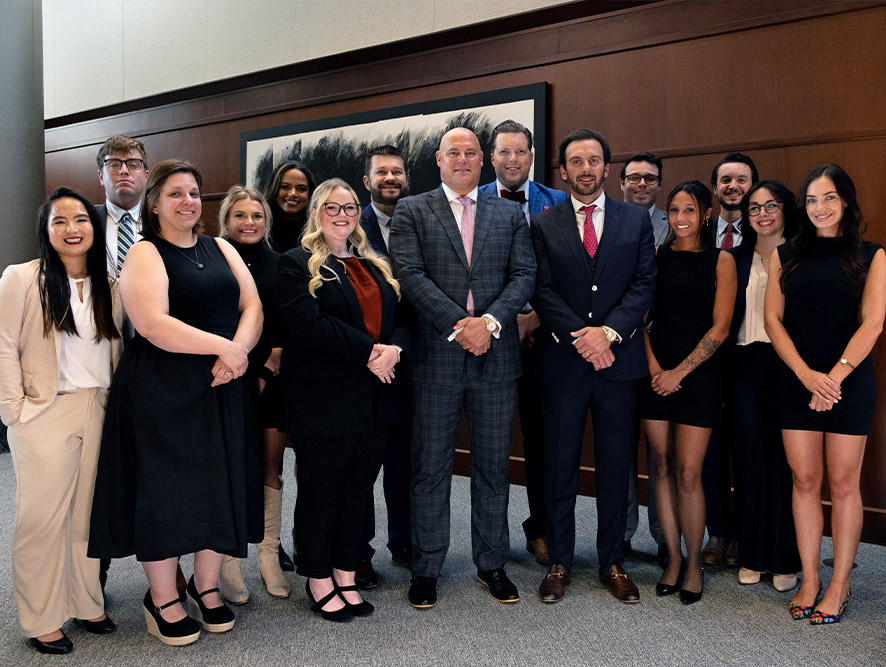In America, car insurance is regulated individually by each state. They each set policy requirements for drivers, mandate that each driver purchase insurance, and set penalties for drivers who violate the law and do not insure their cars. This means there is no uniform national car insurance policy—all fifty states and territories like Puerto Rico and the District of Columbia each set their own car insurance laws.
This hodgepodge of rules has also led to the rise of two distinct systems for car insurance in America: “at-fault” and “no-fault” insurance. Whether you are in an “at-fault” state or a “no-fault” state can drastically alter what you may be able to get in a car crash lawsuit, or indeed if you can even file one in the first place.
“At-Fault” vs. “No-Fault”
38 US states, plus the District of Columbia, use the “at-fault” principle in regards to car insurance. What this means is if someone gets into an accident in most places, both the police and insurance providers determine who caused the accident. The insurance company of the person who was at fault pays all medical and repair bills, any supplemental personal injury or property damage costs, and all other expenses. At-fault states are also called “tort states” because the legal principle at-fault insurance operates under is known as “tort liability” in legal texts.
12 states, plus Puerto Rico, operate under the “no-fault” principle for accidents. This means that your own insurance pays for all your medical expenses regardless of who caused your car accident. Drivers in no-fault states are required to carry an extra insurance policy called personal injury protection, or PIP, insurance, which takes the place of the money you would receive from the other driver in a tort state. It should be noted that the no-fault principle does not apply to car repairs after an accident—that is still covered by the insurance policy of the person police determine to have caused the crash.
While there are benefits to the no-fault system, like faster claim payouts because there is no need to determine fault, in no-fault states your options to sue the person who caused your car wreck for damages are highly limited. Usually, your only avenues to sue in a no-fault state is if your medical bills exceed a set amount, your injuries are especially severe, or you were in an accident with an uninsured driver. In addition, many no-fault states do not require you to have insurance that covers damaged property, which creates another expense.
Three states—Kentucky, New Jersey, and Pennsylvania—are “optional no-fault” insurance states, which means that allow drivers to select either a no-fault insurance policy or a “full tort” policy that lets them to sue for damages as if they were in an at-fault state.
Car Insurance in Missouri
Missouri is an at-fault state when it comes to car insurance—the closest no-fault state is Kansas. The Missouri Department of Revenue sets minimum coverage requirements for drivers. These are currently:
You are not required to buy PIP coverage in Missouri. It is still offered by some insurance companies, mostly as a supplemental policy.
Know your rights if you’ve been in a car accident
If you or someone you know has recently been in a car accident in an at-fault state like Missouri, it’s extremely important that you hire a lawyer who can help you navigate the many laws related to car accidents in Missouri. Having a top car accident attorney in St. Louis can help you maximize what you could receive from insurance companies, get peace of mind and closure after your accident, and vows to always be honest and up-front with you about your case.
Combs Waterkotte is devoted to getting the best results for their car accident clients in St. Louis. If you are considering a car accident lawyer in Missouri who values personal communication and cares deeply about all their clients, contact them today or call them at (314) 900-HELP for a free, no-obligation case review.






